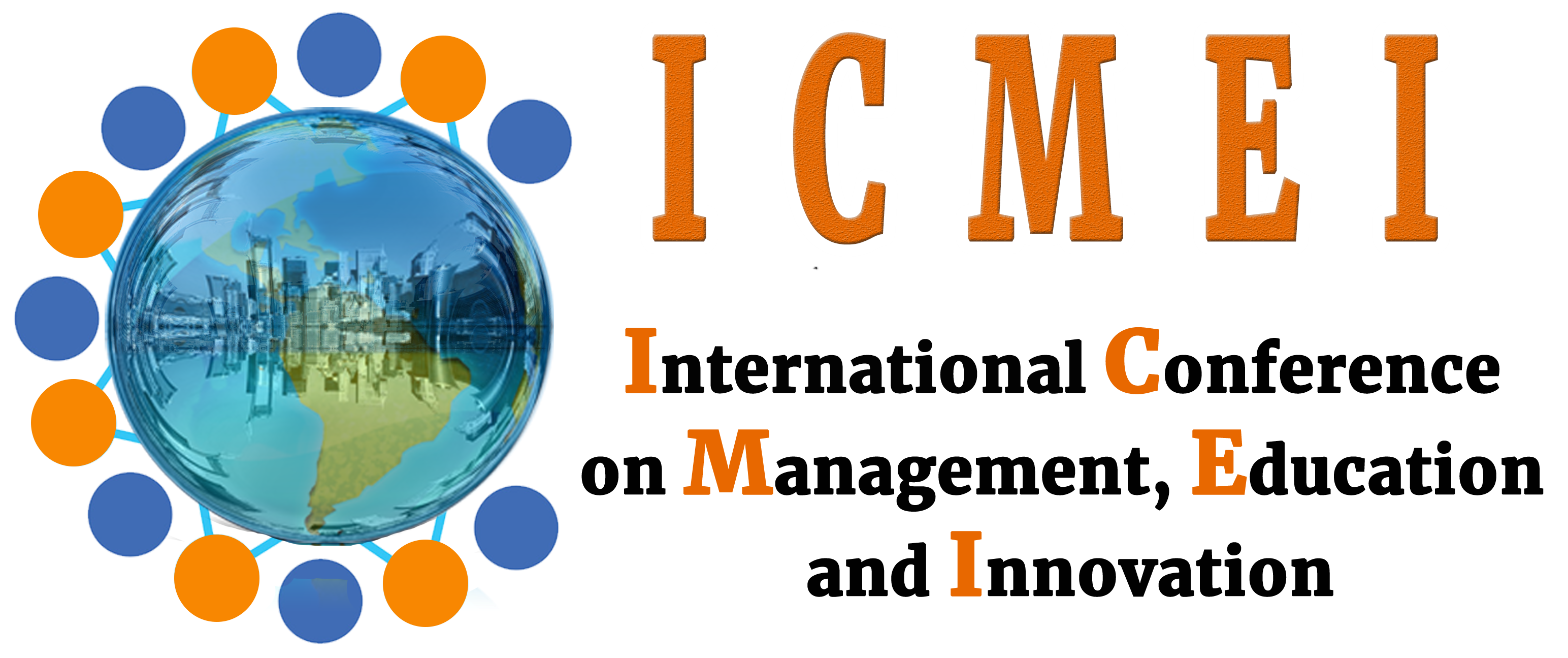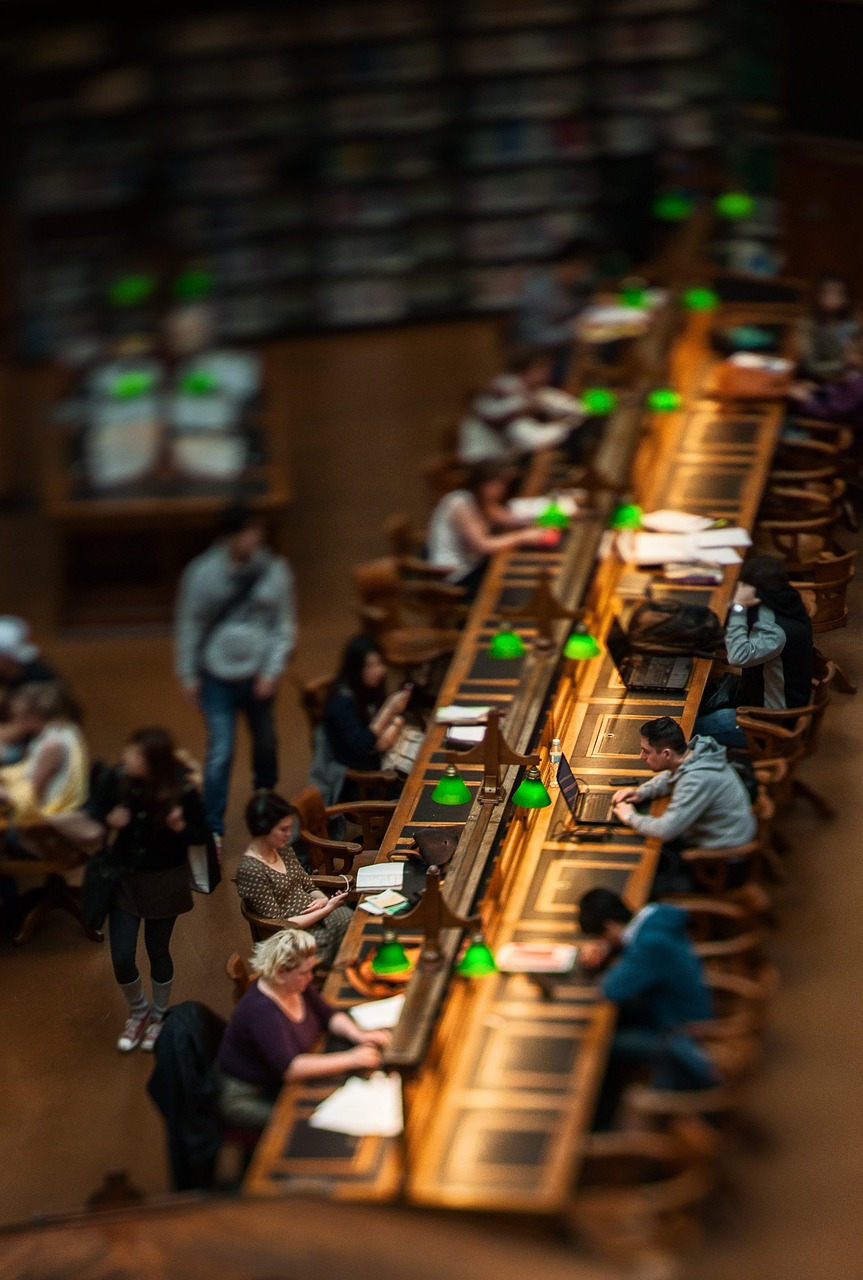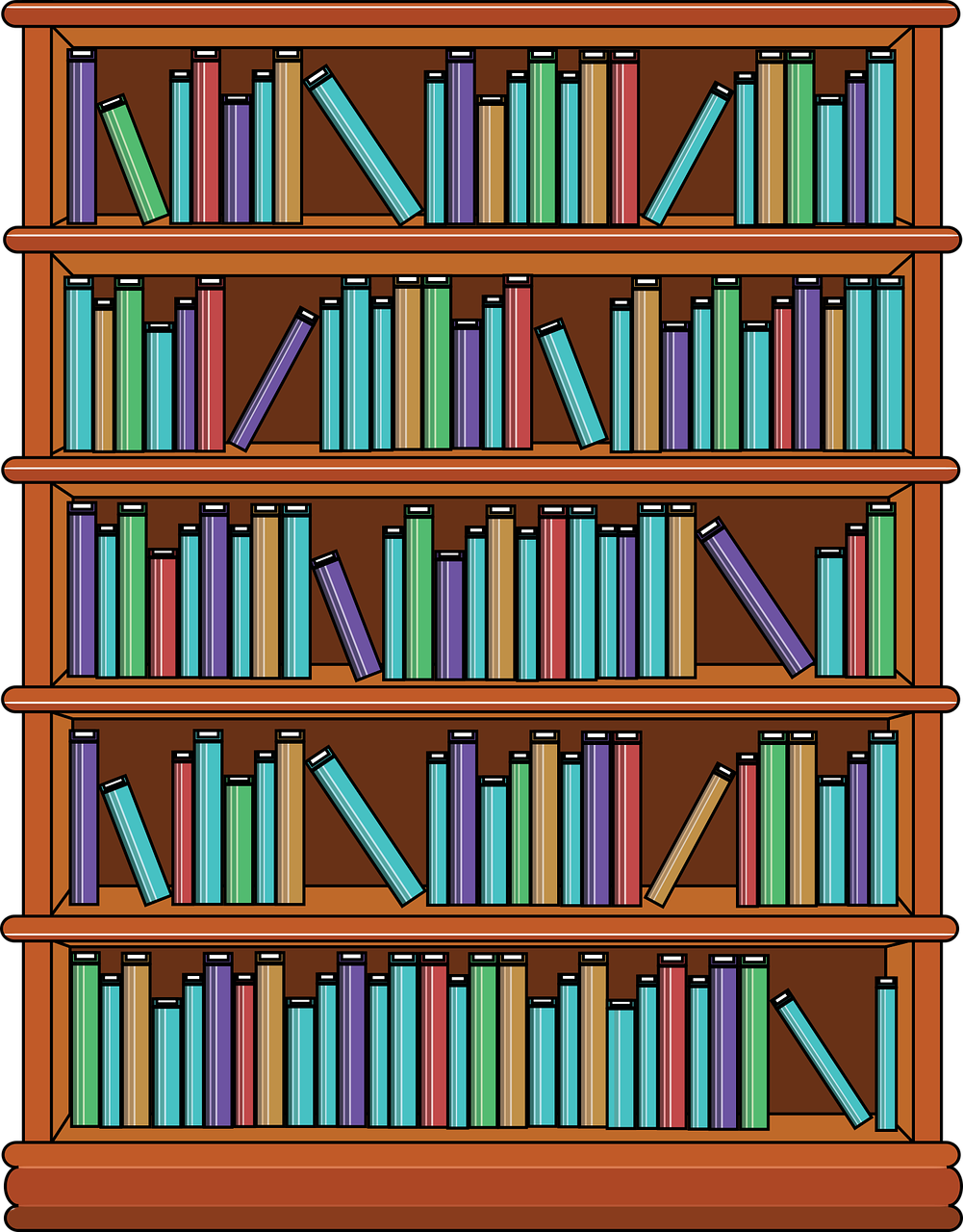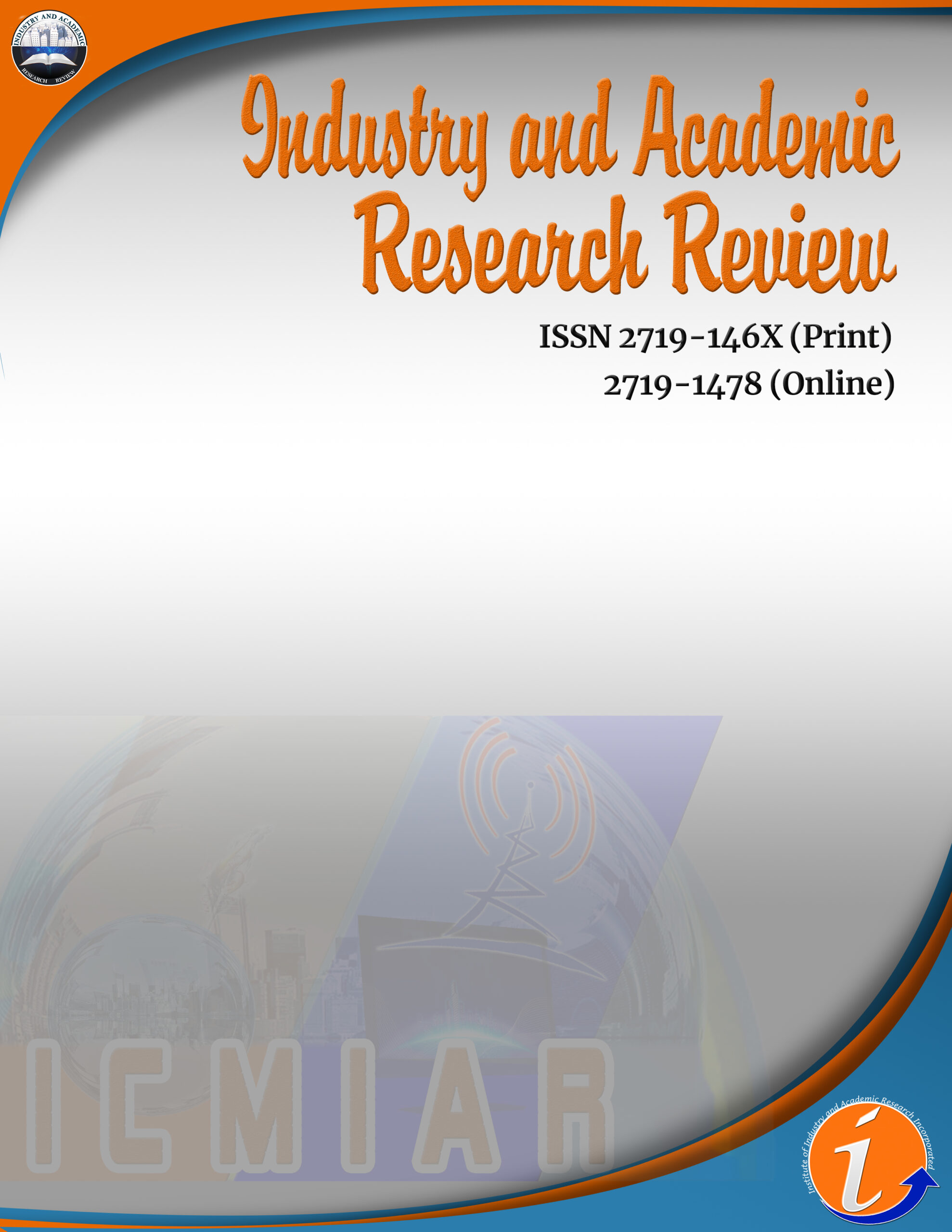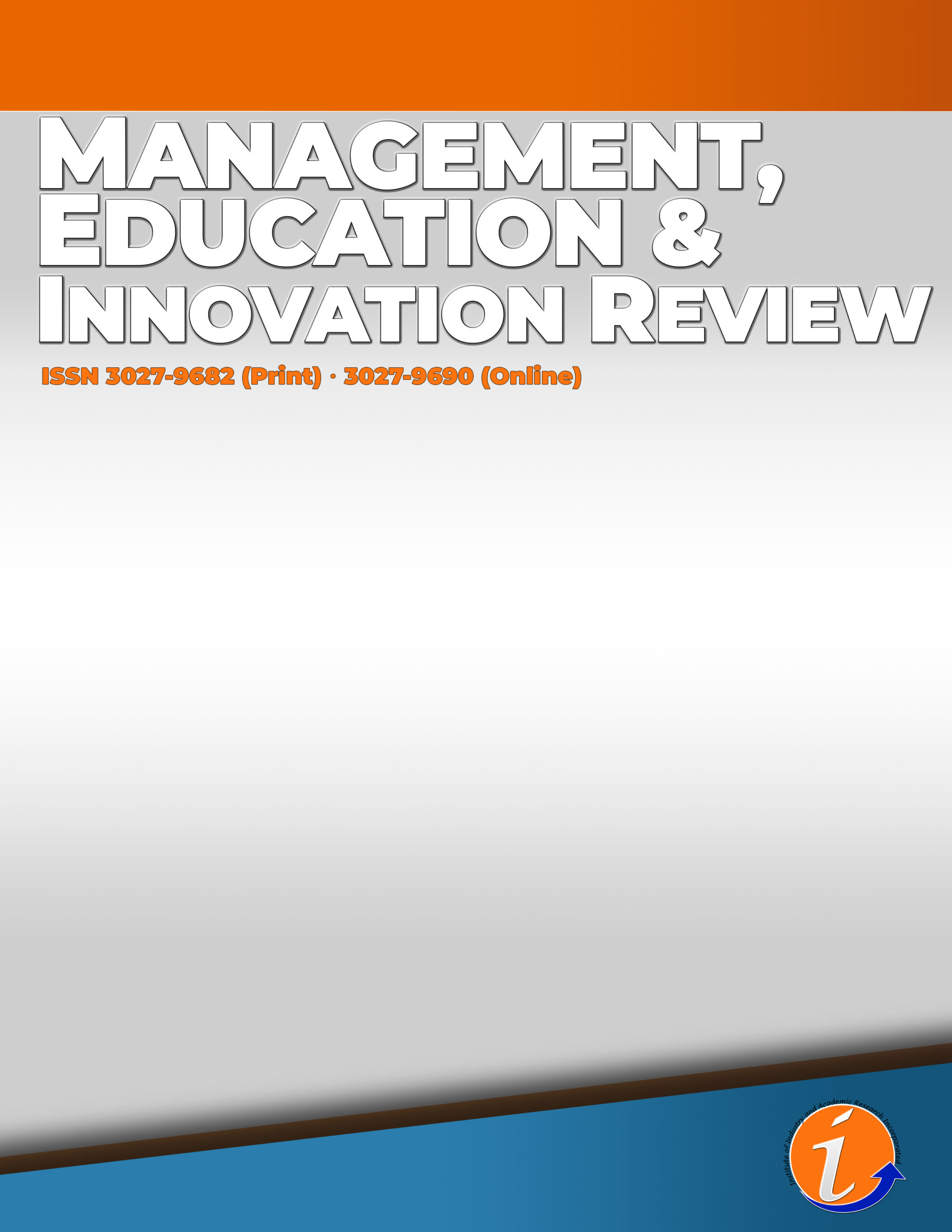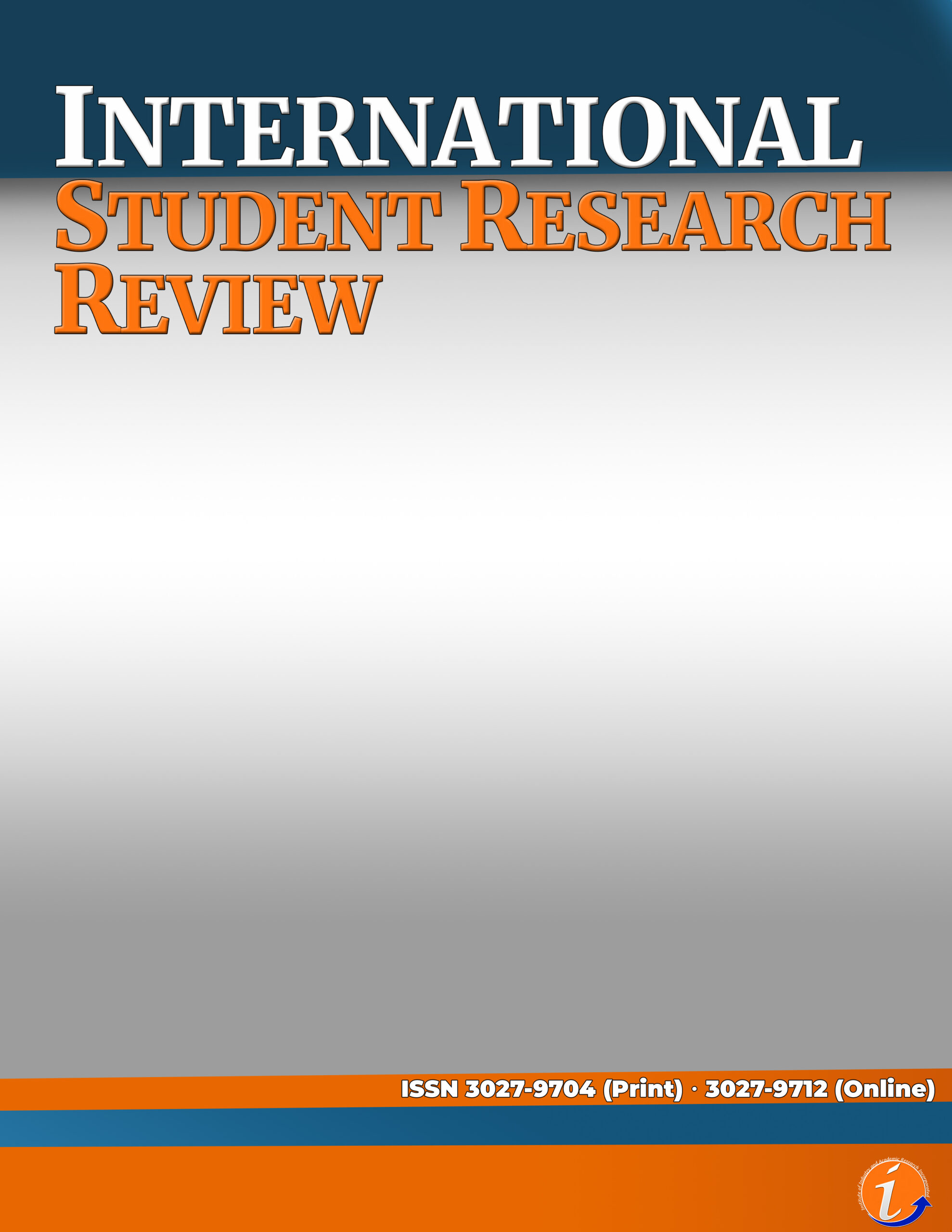This action research identified the proficiency level of two groups of participants - control and manipulative, the significant difference between pretest and posttest results, and confidence levels in answering their test before and after the discussion. A total of 30 pupils participated, and a gamified place valuing tool was developed and used as intervention. Quasi-experimental research methodology was used. Frequency, percentages, mean, standard deviation, dependent and independent t-value were used to analyze the data at a 0.05 level of significance. Results revealed that proficiency level of the manipulative group improved by at least 58% in their posttest after using the innovation, while control group who did not use the innovation improved in posttests by at least 41%. Results also exposed a significant difference between pretest results, with a mean of 3.60 for manipulative group and 2.13 for control group. Meanwhile, study also revealed a significant difference in the posttest of the manipulative with a recorded mean of 9.40 and the control group with a mean of 6.20. Results showed that manipulative group was more confident in answering their posttest than the pretest after the discussion using the innovation, with a recorded mean of 4.19 and 3.07, respectively. Data implies that use of gamified place valuing tool improves the proficiency level of manipulative group than control group and their confidence level. This means that the use of innovation affects and helps the learning and understanding skills of the pupils in Mathematics – specifically in place valuing.
gamified instruction, mathematics, action research, manipulative, place valuing skill
This paper is presented in 1st International Student Research Congress
Antonio, J. M. A. & Tamban, V.E. (2022). Effectiveness of gamification on learner’s performance and attitude towards mathematics amidst the covid19 pandemic. United International Journal for Research & Technology, 3(03). https://uijrt.com/articles/v3/i3/UIJRTV3I30013
Bai, S., Gonda, D. E., & Hew, K. F. (2021). Effects of tangible rewards on student learning performance, knowledge construction, and perception in fully online gamified learning. 2021 IEEE International Conference on Engineering, Technology & Education, Wuhan, China, 899–904. https://doi.org/10.1109/TALE52509.2021.9678741
Barata, G., Gama, S., Jorge, J., Gonçalves, D. (2014). Identifying student types in a gamified learning experience. https://eric.ed.gov/?q=gamified+strategy&id=EJ1111193
Brigham, T. (2015). An introduction to gamification: adding game elements for engagement. Medical Reference Services Quarterly, 34(4), 471–480. https://doi.org/10.1080/02763869.2015.1082385
DepEd Order No. 8, S. 2015. (April 1, 2015). policy guidelines on classroom assessment for the K to 12 basic education program. Department of Education. https://www.deped.gov.ph/2015/04/01/do-8-s-2015-policy-guidelines-on-classroom-assessment-for-the-k-to-12-basic-education-program/
Diningrat, S. W. M. (2019). Modified bottle cap for improving children’s arithmetic ability. Jurnal Pendidikan Usia Dini, 13(10), 249-259. https://doi.org/10.21009/JPUD.132.04
Dzulkifli, M. A. & Mustafar, M. F. (2013). The influence of colour on memory performance: a review. Malays J Med Sc, 20(2), 3-9. https://www.ncbi.nlm.nih.gov/pmc/articles/PMC3743993/pdf/mjms-20-2-003
Guinocor, M., Almerino, P., Mamites, I., Lumayag, C., Villaganas, M. A., Capuyan, M. (2020). Mathematics performance of students in a Philippine state university. International Electronic Journal of Mathematics Education 15 (3). https://doi.org/10.29333/iejme/7859
Harris, A. D., McGregor, J. C., Perencevich, E. N., Furuno, J. P., Zhu, J., Peterson, D., & Finkelstein, J. (2006). The use and interpretation of quasi-experimental studies in medical informatics. Journal of the American Medical Informatics Association, 13(1), 16–23. https://doi.org/10.1197/jamia.m1749
Lawlor, J., Marshall, K., & Tangney, B. (2016). Bridge21 – exploring the potential to foster intrinsic student motivation through a team based, technology-mediated learning model. Technology, Pedagogy and Education, 25(2), 187–206. https://doi.org/10.1080/1475939X.2015.1023828.
Leitão, R., Maguire, M., Turner, S., & Guimarães, L. (2021). A systematic evaluation of game elements effects on students’ motivation. Education and Information Technologies, 27(1), 1081–1103. https://doi.org/10.1007/s10639-021-10651-8
Li, M. C. & Tsai, C.C. (2013). Game-based learning in science education: a review of relevant research. J. Sci. Educ. Technol. 22, 877–898. https://doi.org/10.1007/s10956-013-9436-x
Ligett, R.S. (2017). The Impact of Use of Manipulative on the Math Scores of Grade 2 students. Brock Education Journal, 26(02). https://eric.ed.gov/?id=EJ1160704
Lim, E. J. (2021). Math class gamified! Effects on the mathematics performance of Coed students of Eastern Samar State University, Philippines. Indian Journal of Science and Technology 14(23) 1970-1974. https://doi.org/10.17485/IJST/v14i23.902
Lo, C. K., & Hew, K. F. (2020). A comparison of flipped learning with gamification, traditional learning, and online independent study: The effects on students’ mathematics achievement and cognitive engagement. Interactive Learning Environments, 28(4), 464–481. https://doi.org/10.1080/10494820.2018.1541910
Manzano-León A, Camacho-Lazarraga P, Guerrero MA, Guerrero-Puerta L, Aguilar-Parra JM, Trigueros R, Alias A. (2021). Between level up and game over: a systematic literature review of gamification in education. Sustainability, 13(4), 2247. https://doi.org/10.3390/su13042247
Mathematics MELC. (2020). Mathematics most essential learning competencies. Department of Education, 260. https://www.deped-click.com/2020/05/melcs-in-mathematics-sy-2020-2021.html
Nalbur, V., (2021). Interdisciplinary art education and primary teaching students’ self-confidence. Cypriot Journal of Educational Science. 16(4), 2010-2024. https://doi.org/10.18844/cjes.v16i4.6070
Núñez-Pacheco, R., Barreda-Parra, A., Gutierrez, E. G. C., Turpo-Gebera, O., & Aguaded, I. (2023). Professor’s perception of the use of digital skills and gamification in a Peruvian university. Journal of Technology and Science Education, 13(2), 431. https://doi.org/10.3926/jotse.1737
Philippine Basic Education. (2013). The national achievement test in the philippines. https://www.philippinesbasiceducation.us/2013/07/the-national-achievement-test-in.html?m=1
PISA. (2018). Philippines student performance (PISA 2018). Educational GPS. https://gpseducation.oecd.org/CountryProfile?primaryCountry=PHL&treshold=5&topic=PI
Roof, H. & Chimuma, L. (2022). The relationship among reading, math and science achievement: Exploring the growth trajectories over three time points. Educational Research: Theory and Practice, 33(2), 32-49.
Santosa, R. & Kunhertanti, K (2018). The influence of students’ self-confidence on mathematics learning achievement. Journal of Physics: Conference Series https://doi.org/10.1088/1742-6596/1097/1/012126
Svanberg, M., & Bergh, D. (2023). Effects of gamification in a teacher education program, 2010 to 2020. SAGE Open, 13(1), 215824402311609. https://doi.org/10.1177/21582440231160995
TIMSS. (2019). International results in mathematics and science. TIMMS and PIRLS International Study Center. https://timss2019.org/reports/achievement/
Cite this article:
Relox, R.D., Laraño, J.B., Lozada, E.T., Vega, J.T., Maravilla, H.D. & Madarcos, I.R.G. (2024). Gamified place valuing tool as manipulative in enhancing number placing skills. The Research Probe, 4(1), 84-92. https://doi.org/10.53378/trp.0624.1.6
License:
![]()
This work is licensed under a Creative Commons Attribution (CC BY 4.0) International License.







